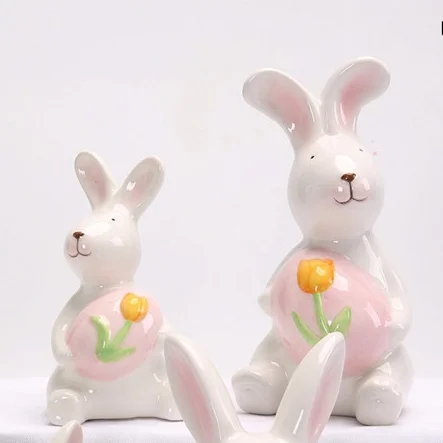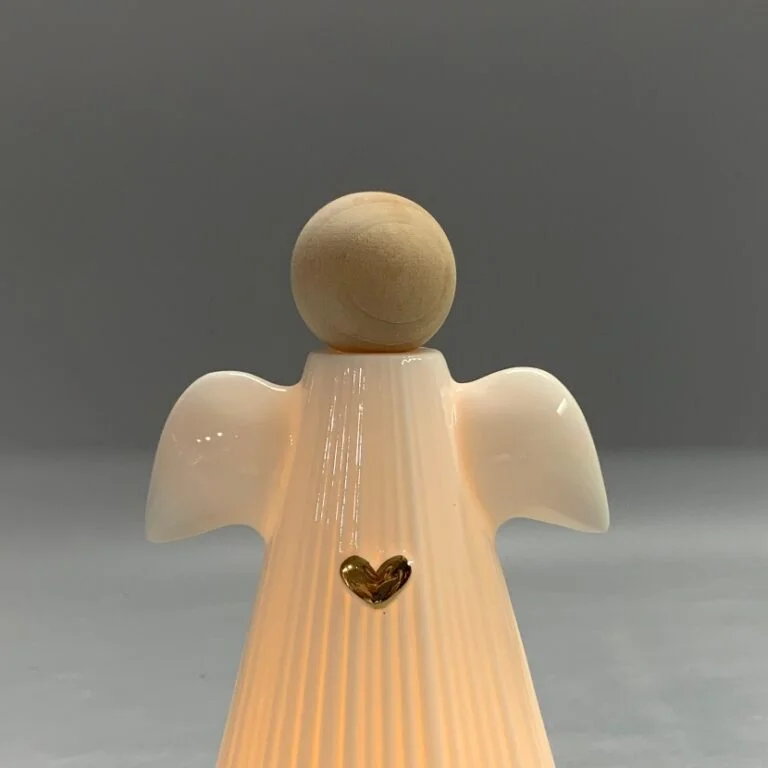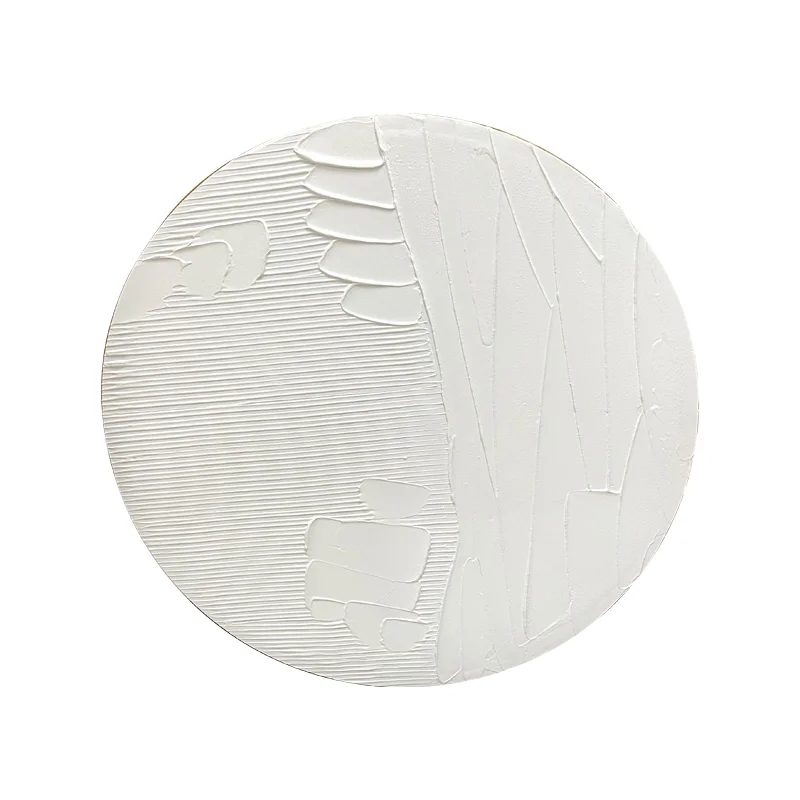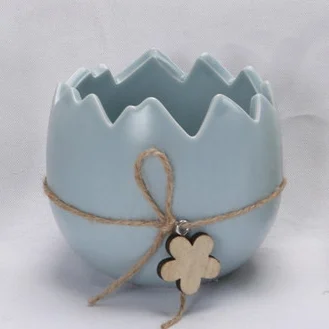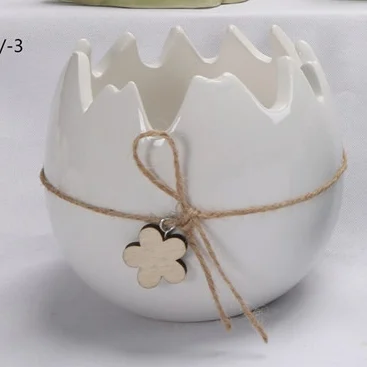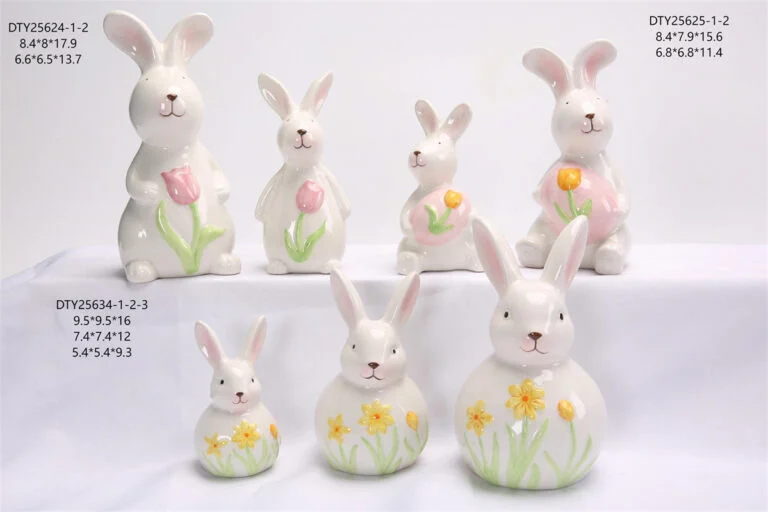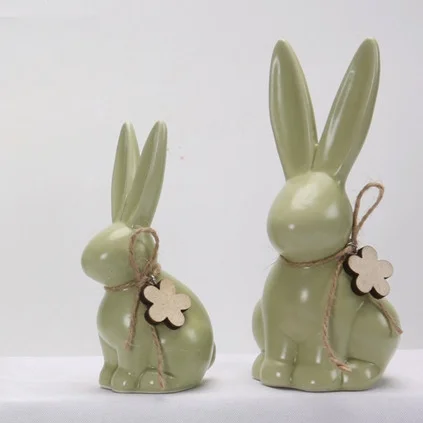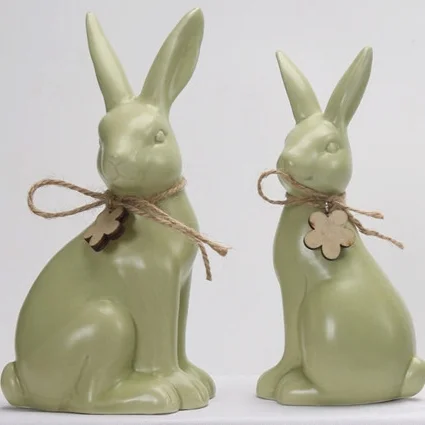Tactile wall decor
Tactile Wall Decor: Encyclopedia Overview
1. Definition
Tactile wall decor refers to three-dimensional, textured artworks and installations designed to engage both visual and physical senses. Unlike flat prints or paintings, these pieces invite touch and interaction, creating dynamic, immersive environments.
2. Key Characteristics
-
Interactive Design: Encourages physical engagement through varied textures (smooth, rough, ridged, etc.).
-
Multi-Sensory Appeal: Combines visual art with tactile, sometimes even auditory elements (e.g., hanging metal pieces that chime).
-
Material Diversity: Uses natural fibers, metals, wood, ceramics, or mixed media.
-
Functional Art: Some pieces double as shelves, hooks, or lighting fixtures.
3. Historical Context
-
Early Roots: Textile wall hangings in ancient cultures (e.g., Navajo weavings, Turkish kilims).
-
20th Century: Fiber art movements led by artists like Sheila Hicks blurred lines between art and craft.
-
Contemporary Trends: Rise of “slow design” and artisanal, handcrafted decor in minimalist interiors.
4. Common Types
-
Fiber Art: Macramé, woven tapestries, or felted wool wall hangings.
-
Sculptural Panels: Carved wood, laser-cut metal, or molded ceramic tiles.
-
Interactive Installations: Magnetic boards, chalkboard/textured paint sections, or kinetic mobiles.
-
Nature-Inspired: Driftwood arrangements, preserved moss panels, or stone mosaics.
5. Materials & Techniques
-
Natural Materials: Jute, bamboo, seagrass, cork, or reclaimed wood.
-
Handcrafted Techniques: Weaving, pottery, hand-embossing, or metal-smithing.
-
Modern Innovations:
-
Acoustic Panels: Textured decor that reduces echo (e.g., 3D foam or fabric tiles).
-
LED Integration: Backlit textured panels for ambient lighting.
-
6. Interior Design Applications
-
Living Rooms: Large woven wall hangings or wooden sculptural pieces.
-
Bedrooms: Soft fiber art or fabric panels for warmth.
-
Kids’ Spaces: Safe, touchable art (e.g., felt shapes or low-relief murals).
-
Offices: Acoustic tactile panels for soundproofing + style.
7. Notable Artists & Brands
-
Sheila Hicks: Pioneer of textile-based wall art.
-
Gudrun Sjödén: Vibrant, handwoven designs.
-
Brands:
-
The Citizenry (global artisan-made textiles).
-
Loom & Kiln (modern macramé and fiber art).
-
8. DIY Ideas
-
Yarn Wall Hanging: Use a wooden dowel and basic macramé knots.
-
Fabric Collage: Layer textured fabrics on canvas with adhesive.
-
Clay Tiles: Hand-press air-dry clay into geometric molds for a custom panel.
9. Maintenance
-
Dusting: Use a vacuum brush attachment for fibers; wipe hard materials with a damp cloth.
-
Sun Protection: Rotate or UV-treat natural materials to prevent fading.
